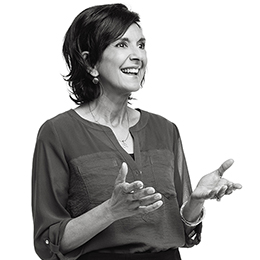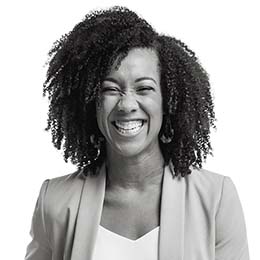Resources

Blog
Explore how FranklinCovey helps organizations achieve behavior change at scale in the areas of leadership, individual effectiveness, winning culture, and breakthrough results.


Podcasts
Explore everything from On Leadership and C-Suite Conversations to topical series that provide practical strategies to successfully face current issues.
Case Studies
Explore examples of organizations that have partnered with FranklinCovey to use our people, content, and technology to achieve breakthrough results.


Videos
Watch product overviews, previews, and solution videos and see how we help organizations achieve results that require behavior change at scale.








